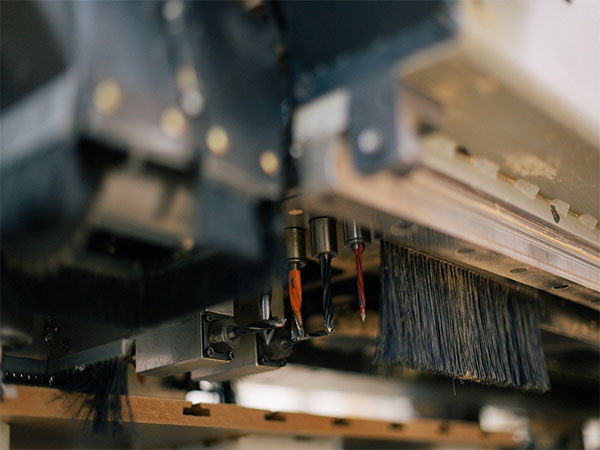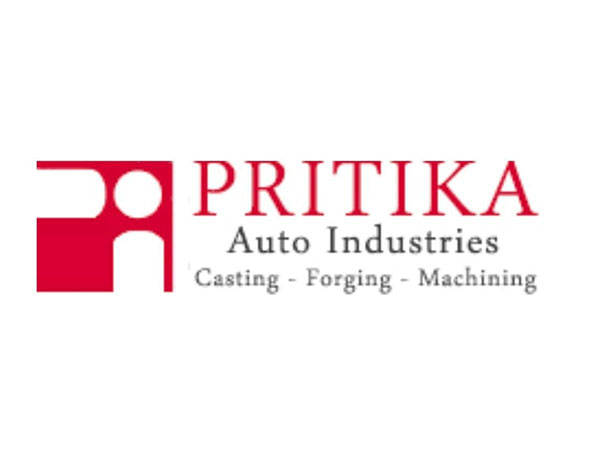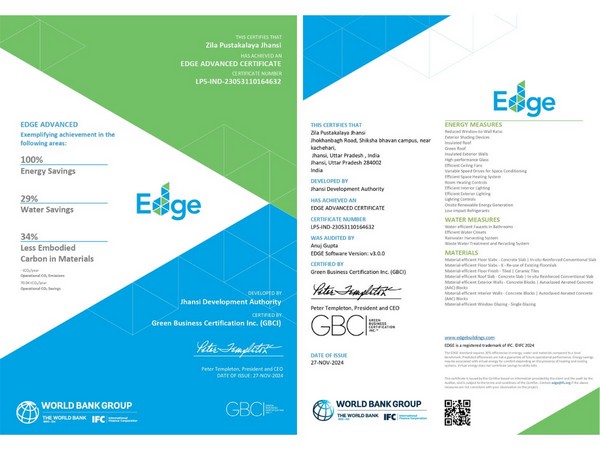Precision Manufacturing: Unlocking the Secrets to High-Quality Production
Aug 06, 2024
VMPL
New Delhi [India], August 6: Precision manufacturing is a cornerstone of modern industry, enabling the production of high-quality products in a variety of industries, including aerospace and consumer electronics. At its core, precision manufacturing is about meeting stringent standards and tolerances to ensure that each component fits exactly and operates properly.
Why Precision Matters in Manufacturing
Precision manufacturing is a set of precise steps used to create components that fulfill strict criteria. These steps are design and prototype, material selection, machining, quality control, and finishing. Each phase must be carried out with exceptional precision to ensure the final product's performance and dependability.
* Design and Prototyping: The procedure starts with extensive design and prototypes. Engineers employ sophisticated tools to construct 3D models of components, which allow for precise viewing and simulation of their performance. This stage is critical for spotting potential difficulties and making required changes before continuing into production.
* Material Selection: Selecting the appropriate material is critical to guaranteeing the component's durability, strength, and functionality. Different materials, such as aluminum and titanium, as well as polymers and composites, are required for specific applications. The material chosen must be suitable for the machining procedures and able to sustain the operational conditions of the finished product.
* Machining: This is where the actual production occurs. Advanced machining processes, such as CNC (Computer Numerical Control) machining, are used to cut, shape, and drill the material to the desired shape. CNC machines are highly automated and can produce complicated pieces with extreme precision.
* Quality Control: Throughout the production process, strict quality control methods are in place to guarantee that each component meets the prescribed tolerances. This involves dimensional inspections, material testing, and functional tests to ensure that the parts work properly.
* Finishing: This is typically the most important phase. This stage entails refining the surface of the manufactured pieces to get the appropriate texture, look, and performance properties. This process relies heavily on CNC finishing to ensure that the components satisfy the highest quality standards.
Why CNC Finishing is Needed in Precision Manufacturing
CNC finishing is a specialized subset of CNC machining that focuses on improving the surface quality of manufactured parts. While CNC machining forms and cuts the material to build the fundamental structure, CNC finishing refines the surface to meet precise standards. This technique is important for various reasons:
Surface Smoothness and Aesthetics
One of the fundamental purposes of CNC finishing is to produce a smooth, consistent surface. This is especially critical for components used in industries such as aerospace, medical devices, and consumer electronics, where even tiny surface flaws can degrade performance or appearance. CNC finishing procedures including milling, grinding, and polishing remove any remaining roughness from the machining process, leaving a polished and visually pleasing surface.
Dimensional Accuracy
Precision manufacturing necessitates that each component fit properly with the others in an assembly. CNC finishing guarantees that each part's dimensions remain within the set tolerances. Tight dimensional control is achieved by techniques such as honing and lapping, ensuring that the components not only appear attractive but also operate perfectly.
Improved Mechanical Properties
The finishing procedure may also improve the mechanical qualities of the components. For example, techniques such as shot peening and anodizing can improve the material's hardness and resistance to wear and corrosion. This is critical for components that will be subjected to severe environments or high-stress levels.
Consistency and Repeatability
One of the most notable benefits of CNC finishing is the ability to achieve consistent and repeatable results. Automated CNC machines adhere to precise programming instructions, guaranteeing that all parts are completed to the same high standard. This level of consistency is critical for mass production, as it ensures homogeneity across huge batches.
Cost-Effectiveness
While precision manufacturing and CNC finishing may appear to be expensive at first, they are actually quite affordable in the long term. High-quality machined parts require less rework and replacement, which reduces downtime and increases overall efficiency. Furthermore, the durability and dependability of completed components can result in lower maintenance costs and longer product life cycles.
Enhanced CNC Finishing Techniques
Precision manufacturing employs several advanced CNC finishing techniques to provide improved quality and performance.
As-Machined Finish
The as-machined finish is the surface finish of the object immediately after CNC machining, without any additional post-processing. This finish typically has visible tool marks and can vary in texture depending on the machining conditions and material utilized. As-machined finishes are frequently preferred for functional items where aesthetics are not important but precision and tolerance are.
Bead Blasting
Bead blasting is the process of forcing fine glass beads at high pressure against a part's surface to achieve a consistent matte finish. This procedure eliminates surface defects, increases surface uniformity, and prepares surfaces for further finishing processes like as painting or coating. Bead blasting can improve the appearance and feel of a part, making it suitable for components that need a clean, smooth finish.
Brushing
Brushing is a process that produces a distinct, homogeneous, and somewhat rough finish on metal surfaces. Abrasive brushes are used to create a sequence of fine lines that are parallel to one another. Brushing is widely utilized for aesthetic purposes, creating a sleek, modern appearance. It also helps to erase minor surface flaws and improves the adhesion of subsequent coatings.
Anodizing
Anodizing is an electrochemical technique that thickens the natural oxide coating on the surface of metal objects, usually aluminum. This finish improves corrosion resistance, wear resistance, and surface hardness while also allowing a variety of colors to be added for aesthetic reasons. Anodizing is widely utilized in the aerospace, automotive, and consumer electronics industries, where both performance and aesthetics are important.
Powder Coating
Powder coating is the process of putting a dry powder to a part's surface and curing it with heat to form a hard, protective covering. This finish is highly durable, resistant to corrosion, and available in a wide range of colors and textures. Powder coating is used in applications that require a durable, long-lasting finish, such as automotive parts, outdoor furniture, and appliances.
Electropolishing
Electropolishing is an electrochemical procedure that removes a small layer of material from a metal part's surface to improve its finish. This method removes microscopic peaks and valleys, yielding a highly reflective and flat surface. Electropolishing improves corrosion resistance and lowers surface roughness, making it perfect for applications that require high cleanliness and aesthetic appeal, such as those in the medical and food processing sectors.
Polishing
Polishing is the process of smoothing and shining a part's surface using abrasive materials. This method can range from simple buffing to complicated multi-stage treatments that use various grits of abrasives. Polishing is used to give metals and polymers a high-gloss, mirror-like finish that improves both appearance and utility by reducing surface roughness and increasing resistance to corrosion and contamination.
Grinding
Grinding is a machining technique that use a grinding wheel as the cutting tool to provide a fine surface finish and exact measurements. It is used to remove small quantities of material and improve the shape or surface defects of an item. Grinding is critical for producing tight tolerances and smooth surfaces, especially in high-precision applications like aerospace and automotive components.
Conclusion
Precision manufacturing is a complex and demanding sector that requires meticulous attention to detail at all phases of the production process. CNC finishing guarantees that manufactured components meet the highest quality, performance, and aesthetic standards. Manufacturers can utilize modern finishing techniques to produce goods that are not only dimensionally accurate, but also visually appealing and mechanically durable.
As technology progresses, CNC finishing capabilities will improve, allowing for greater precision and efficiency in manufacturing. Precision manufacturing and CNC finishing are not just options for industries that rely on high-quality components; they are essential. The ability to create flawless parts that meet the ever-increasing needs of current applications is the key to the future of manufacturing, and CNC finishing is leading the way.
(ADVERTORIAL DISCLAIMER: The above press release has been provided by VMPL. ANI will not be responsible in any way for the content of the same)








